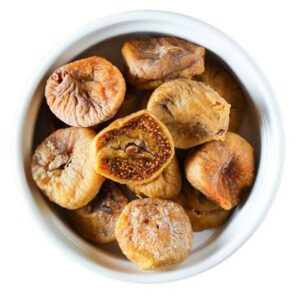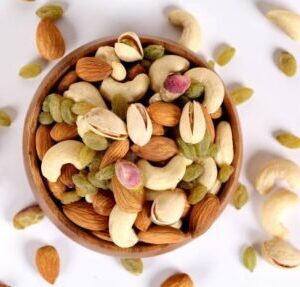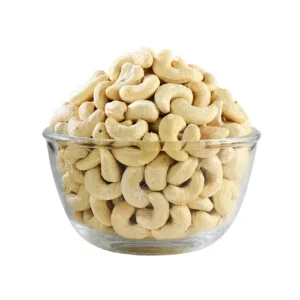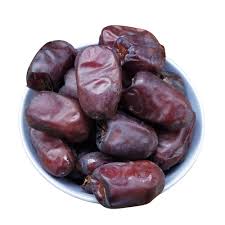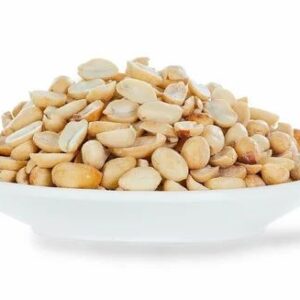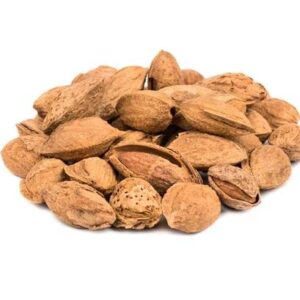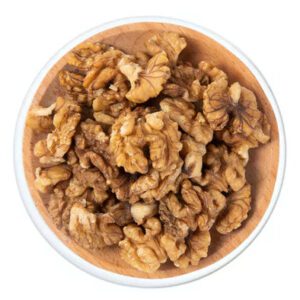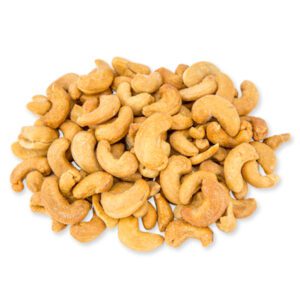Dry figs, also known as Anjeer in many parts of the world, are one of nature’s most delicious and healthy dried fruits. These sweet, chewy treats are not only enjoyed for their taste but are also packed with essential nutrients that provide countless health benefits.
In this blog, we’ll explore the health benefits, nutritional value, uses, and ways to add dry figs to your diet so you can enjoy this natural powerhouse every day.
What Are Dry Figs?
Figs are a fruit that comes from the Ficus carica tree. When fresh figs are dried, they turn into what we know as dry figs or Anjeer. The drying process removes most of the water content, making the fruit more concentrated in flavor and nutrition.
Dry figs have a naturally sweet taste with a soft yet chewy texture. They are often enjoyed as a healthy snack, used in desserts, or added to various dishes for extra flavor and nutrients.
Nutritional Value of Dry Figs
Dry figs are small in size, but they are loaded with essential nutrients. Here is an approximate nutritional profile for 100 grams of dry figs:
- Calories: 249 kcal
- Carbohydrates: 63.9 g
- Sugars: 47.9 g
- Fiber: 9.8 g
- Protein: 3.3 g
- Fat: 0.9 g
- Calcium: 162 mg
- Iron: 2.03 mg
- Potassium: 680 mg
- Magnesium: 68 mg
Key point: Dry figs are rich in dietary fiber, minerals like potassium, calcium, and magnesium, and contain natural sugars that give you instant energy.
Health Benefits of Dry Figs
1. Good for Digestive Health
Dry figs are high in dietary fiber, which helps in maintaining a healthy digestive system. Eating them regularly can prevent constipation and promote smooth bowel movements.
2. Supports Heart Health
The potassium in dry figs helps regulate blood pressure and supports heart function. The fiber also helps reduce cholesterol levels, lowering the risk of heart disease.
3. Boosts Bone Strength
Dry figs are a good source of calcium and magnesium—two minerals essential for strong bones and teeth. They can be especially beneficial for women and older adults who are at risk of osteoporosis.
4. Helps Control Blood Sugar
Even though dry figs are sweet, their high fiber content helps slow down sugar absorption in the body, which can help in managing blood sugar levels. However, people with diabetes should consume them in moderation.
5. Improves Skin Health
Dry figs are rich in antioxidants that help protect the skin from damage caused by free radicals. They may also promote healthy, glowing skin by improving hydration.
6. Supports Weight Management
Because they are high in fiber, dry figs help keep you full for longer, which can reduce overeating and support weight loss goals.
Best selling products
-
Chamri Apricots (KHOBANI) -500gm
Original price was: ₨ 400.₨ 350Current price is: ₨ 350. -
Dry Figs (Enjeer) -1000GM
Original price was: ₨ 2,900.₨ 2,600Current price is: ₨ 2,600. -
Mix Dried fruits -1kg
Original price was: ₨ 2,100.₨ 2,000Current price is: ₨ 2,000. -
Cashews Indian (Kaju) -500GM
Original price was: ₨ 4,000.₨ 2,700Current price is: ₨ 2,700. -
Irani Dates (Kajoor) 500-Gm
₨ 600 -
Peanuts Plain ( Momphalli Maghaz) -500gm
Original price was: ₨ 800.₨ 760Current price is: ₨ 760. -
Almonds Australian (Badam) 500-Gm
Original price was: ₨ 1,450.₨ 1,400Current price is: ₨ 1,400. -
Walnuts Giri (Akhrot) – 500 Gm
Original price was: ₨ 1,750.₨ 1,500Current price is: ₨ 1,500. -
Cashews Roasted (KAJOO) -500gm
Original price was: ₨ 3,100.₨ 3,000Current price is: ₨ 3,000. -
Red Dried Dates (Nar Chuara) 500-Gm
₨ 500
How to Eat Dry Figs
There are many ways to enjoy dry figs:
- As a snack: Eat them directly for a quick energy boost.
- Soaked in water: Soak dry figs overnight and eat them in the morning for better digestion.
- In breakfast: Add chopped figs to your oatmeal, cereal, or yogurt.
- In baking: Use them in cakes, muffins, and cookies for natural sweetness.
- In salads: Mix with leafy greens, nuts, and cheese for a healthy salad.
- In smoothies: Blend figs with milk, bananas, and nuts for a nutritious drink.
How Many Dry Figs Should You Eat Daily?
For most people, eating 2–4 dry figs per day is enough to get their health benefits without consuming too much sugar. If you have diabetes or are on a low-sugar diet, you should consult your doctor before adding them to your daily routine.
Dry Figs vs. Fresh Figs
Both fresh and dry figs are healthy, but they have some differences:
- Fresh figs have more water content and fewer calories per fruit.
- Dry figs are more concentrated in nutrients and sugar because they have less water.
- Dry figs last longer and can be stored easily without refrigeration.
Tips for Storing Dry Figs
- Keep them in an airtight container in a cool, dry place.
- For longer shelf life, store them in the refrigerator.
- Avoid storing them in humid areas as moisture can cause mold.
Possible Side Effects
While dry figs are healthy, eating too many can cause some issues:
- Digestive discomfort: Too much fiber may lead to bloating or diarrhea.
- High sugar content: Overeating can increase calorie intake and blood sugar levels.
- Allergic reaction: Rarely, some people may be allergic to figs.
Conclusion
Dry figs are one of the best natural snacks you can add to your diet. They are sweet, satisfying, and packed with nutrients that benefit your heart, bones, digestion, and skin. Whether you eat them as a snack, in desserts, or mixed with other foods, dry figs offer both taste and health in every bite.
If you want to enjoy a healthy lifestyle, start by including 2–4 dry figs daily and see the difference in your energy and overall wellness.



